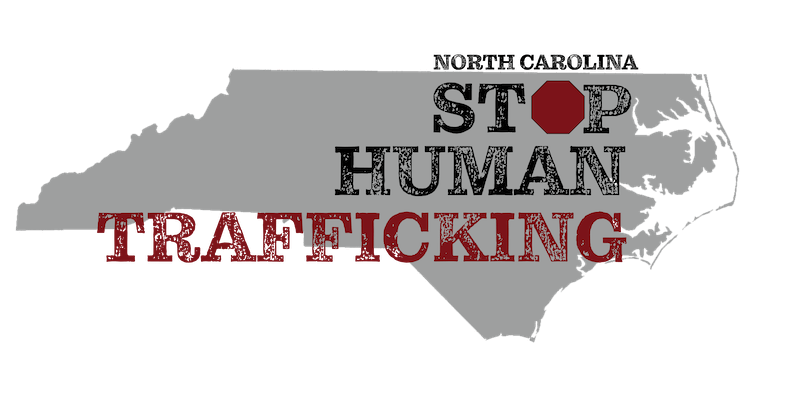Labor trafficking is a form of human trafficking where a person exploits another for labor and/or services.
Through force, fraud, and coercion traffickers can gain control over and subject victims to forced labor.
FORCE
During situations of labor trafficking, force is used to compel a person to work beyond their capacity. Beatings, sexual assault, physical restraints, and other forms of violence are inflicted on the victims to keep them working.
Being forced to endure intense heat or cold without proper clothing or withholding medications are also forms of violence and torture. This often happens in situations where the labor is manual, such as agricultural work, the most common type of labor trafficking.
Force is exerted to maintain power over labor trafficking victims to keep them working. This is used most at the beginning stages of the trafficking to subdue the victim’s resistance and reduce runaways.
FRAUD
In many situations of labor trafficking, victims were promised fair wages, a better life, and financial support.
Fraud is most common in cases of labor trafficking. According to the Polaris Project, ninety-two percent of identified labor trafficking victims in the United States were foreign nationals.
These victims obtained an H-2A, H-2B, or J-1 visa, allowing for temporary work in agriculture, construction, or education. The American dream that was promised quickly becomes a nightmare for victims of labor trafficking.
Furthermore, abusers will promise love, marriage, and companionship to victims. These promises are never fulfilled leaving them in a foreign place without support. This is very common in domestic servitude, involving forced jobs of nannying, housekeeping, and janitorial services.
COERCION
Fear, shame, cultural norms, or lack of support contribute to coercion.
These barriers are fostered through psychological manipulation. Threats to the victims’ families, blackmail, or disturbing imagery can all be used to coerce the victim to remain in the trafficking situation. Insinuating that a person or the people they love will harmed is one of the most severe forms of coercion a trafficker can elicit. This causes the victim to remain in the labor trafficking situation even though they want to return home.
Much like with the use of force, labor traffickers will use physical threats to make sure their victims remain working. This could include holding someone at a gun or knifepoint. It could also look like threatening to physically punish another worker or the victims’ family because of the ‘misbehavior.’
The labor traffickers also take advantage of their vulnerabilities and often withhold these documents, leaving them without identification or a way out.
– Ilaria Noonan is the Community Outreach Intern. She can be reached at ilaria@encstophumantrafficking.org

